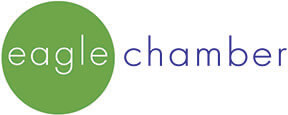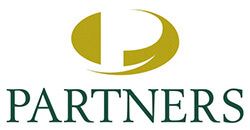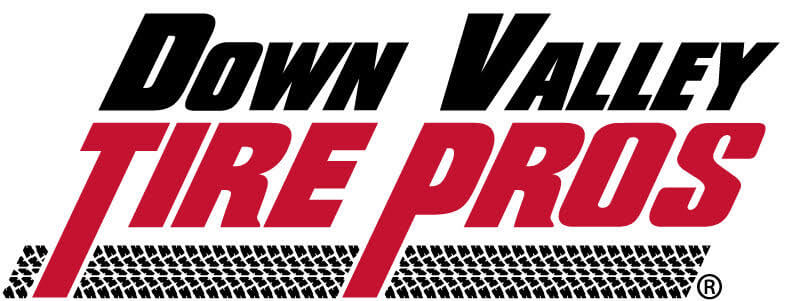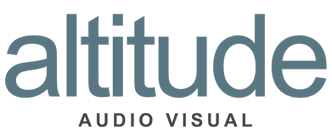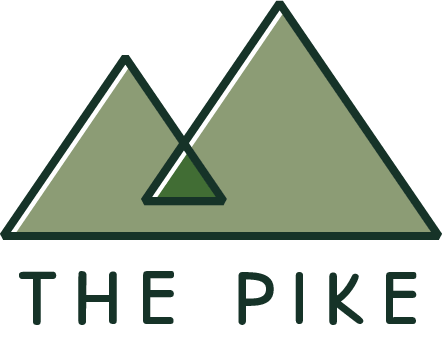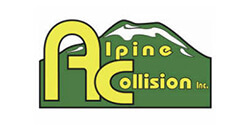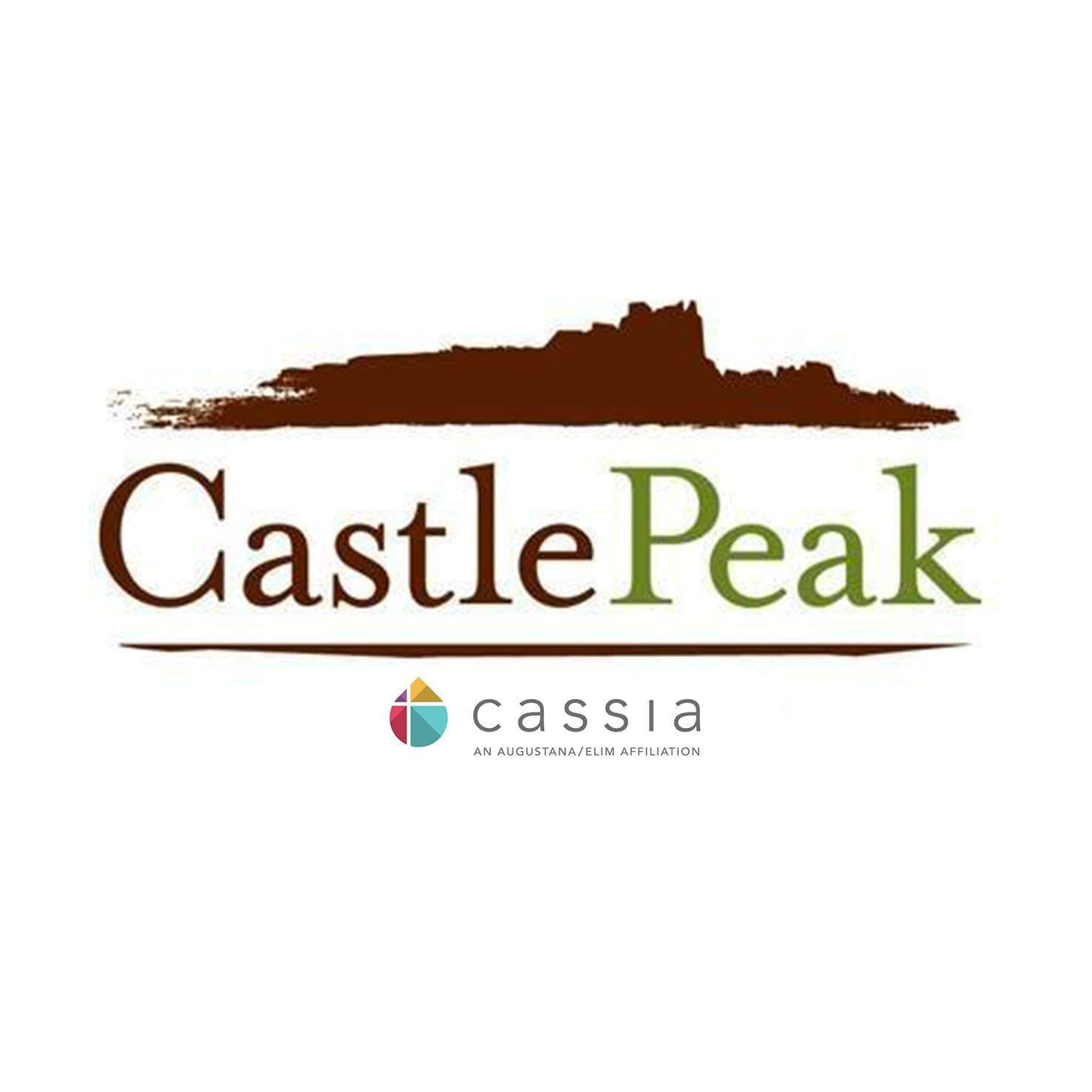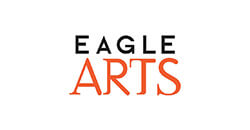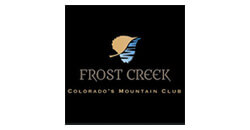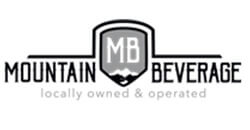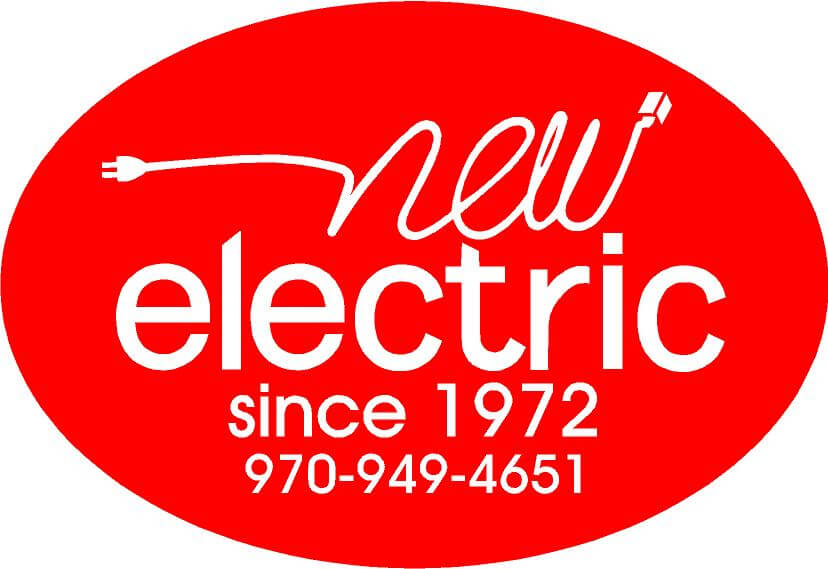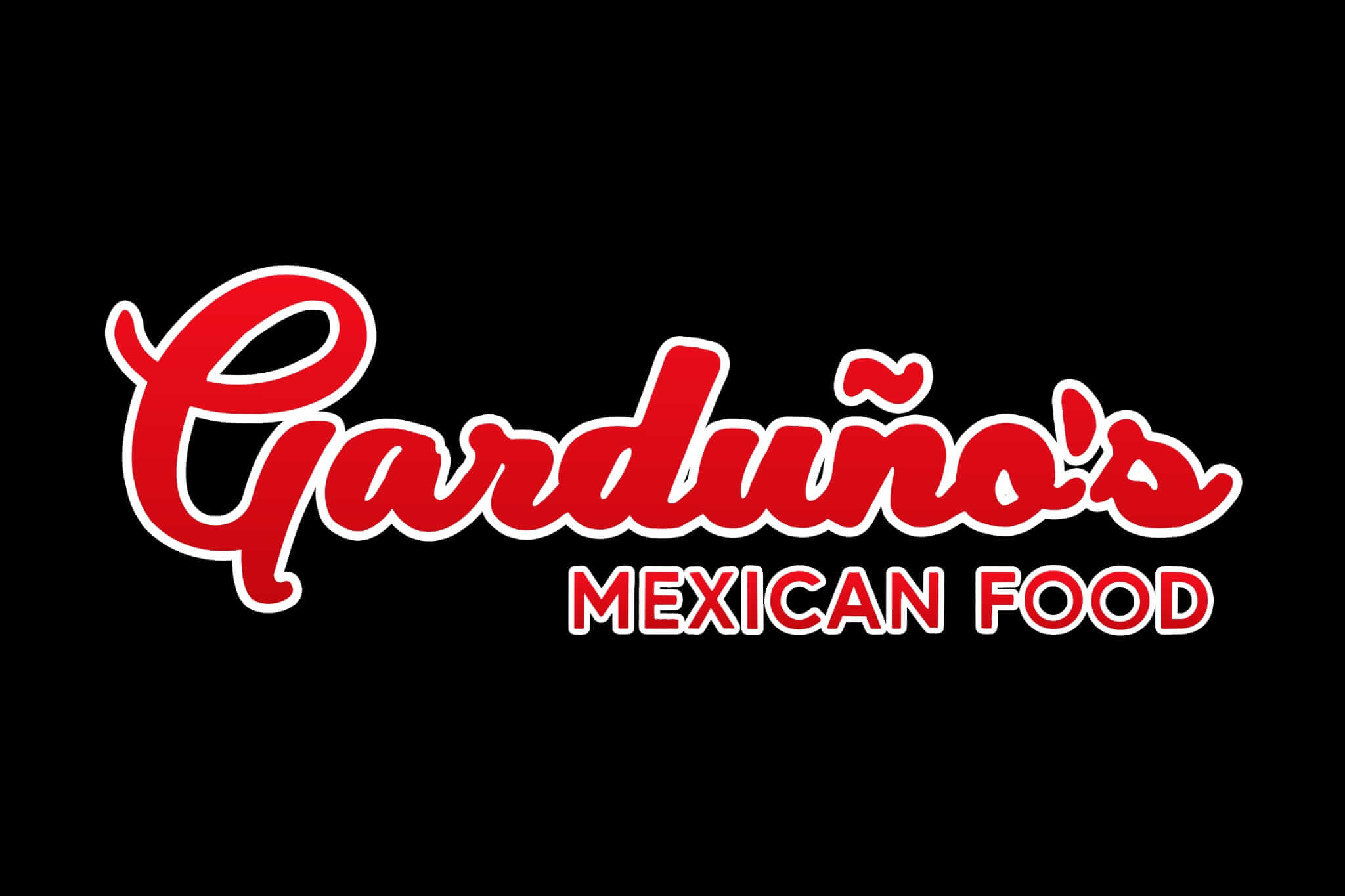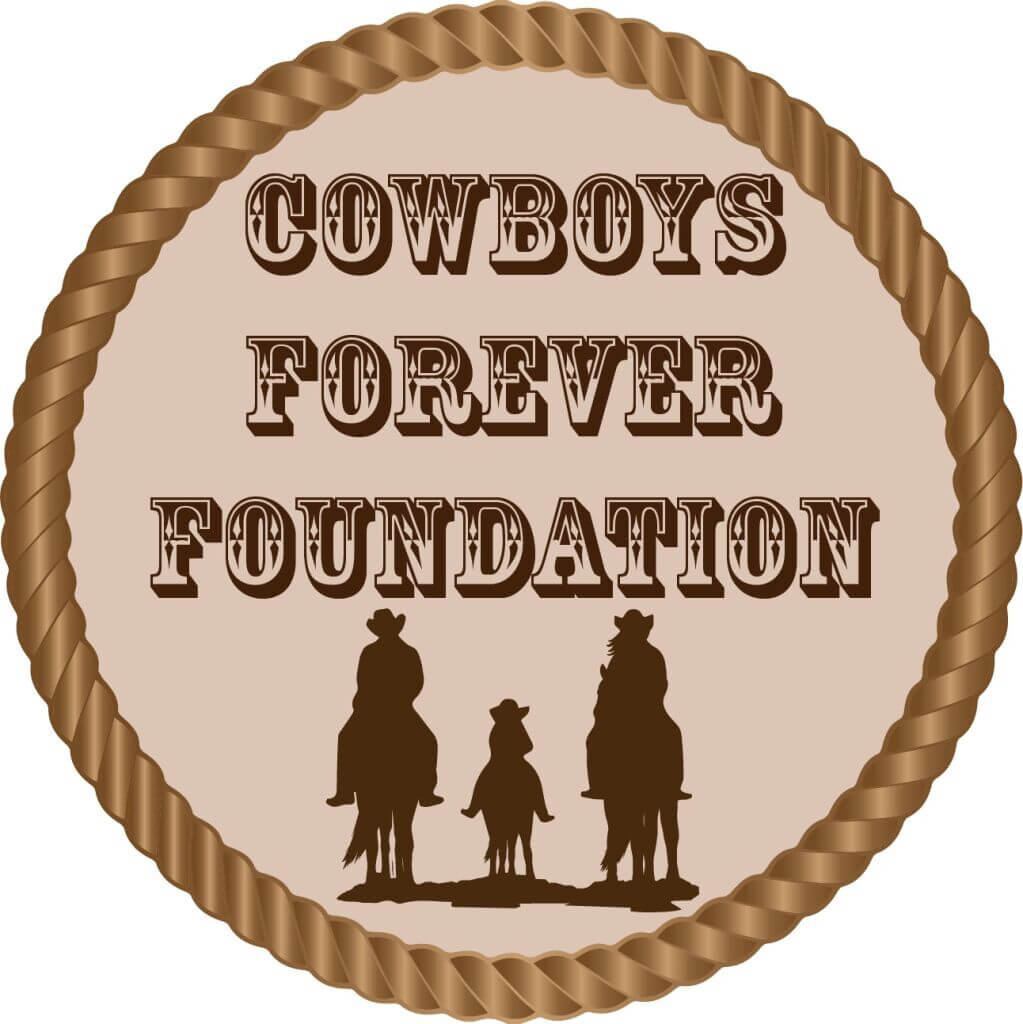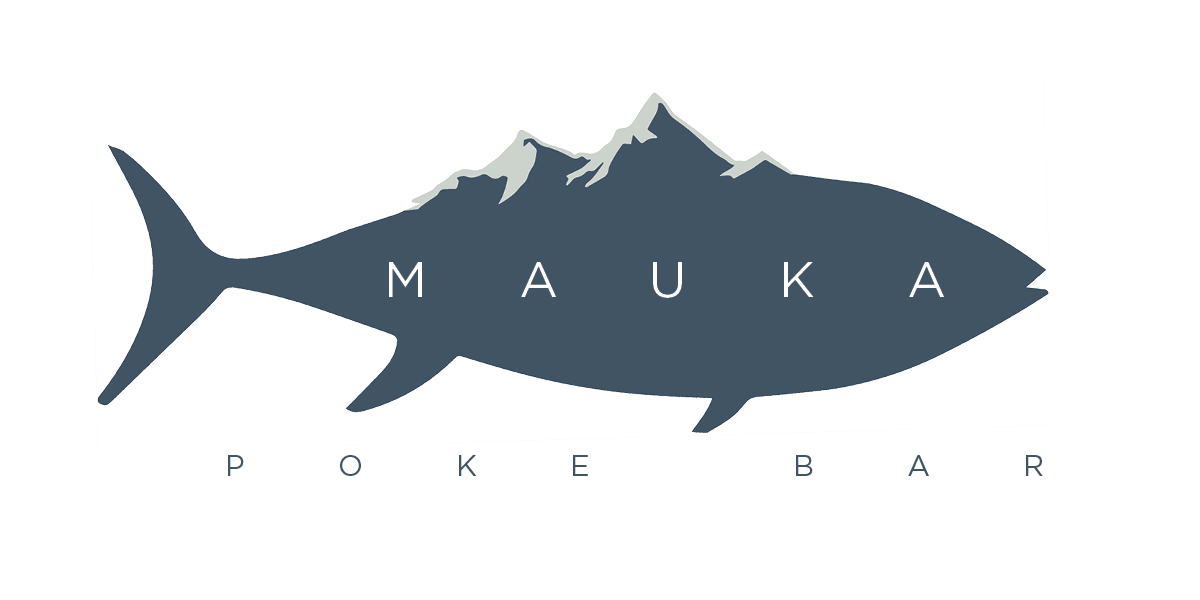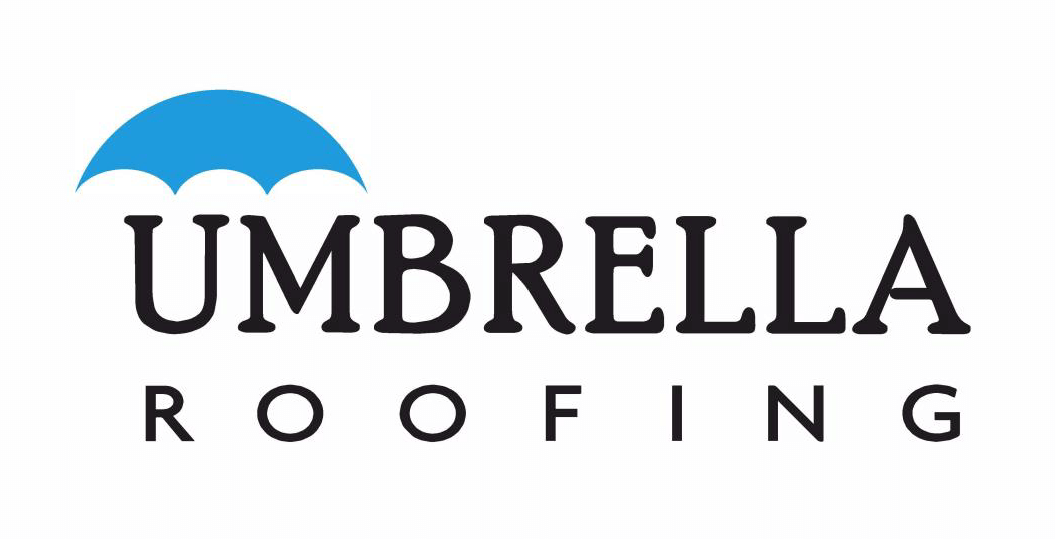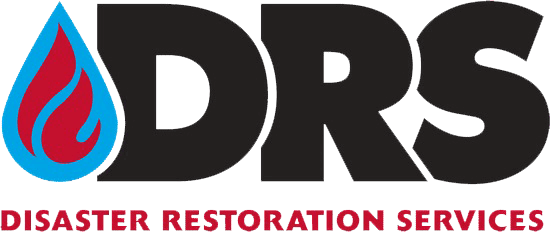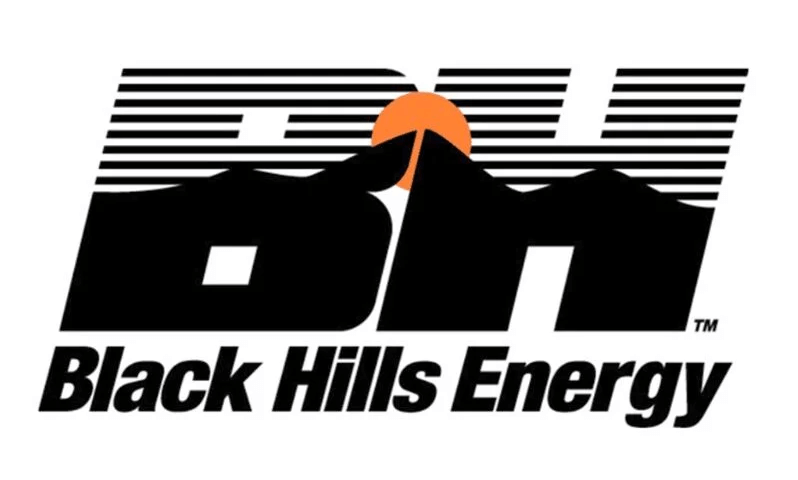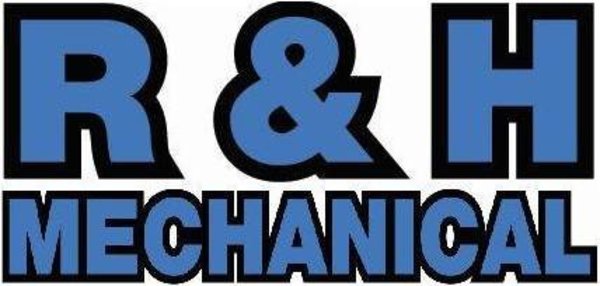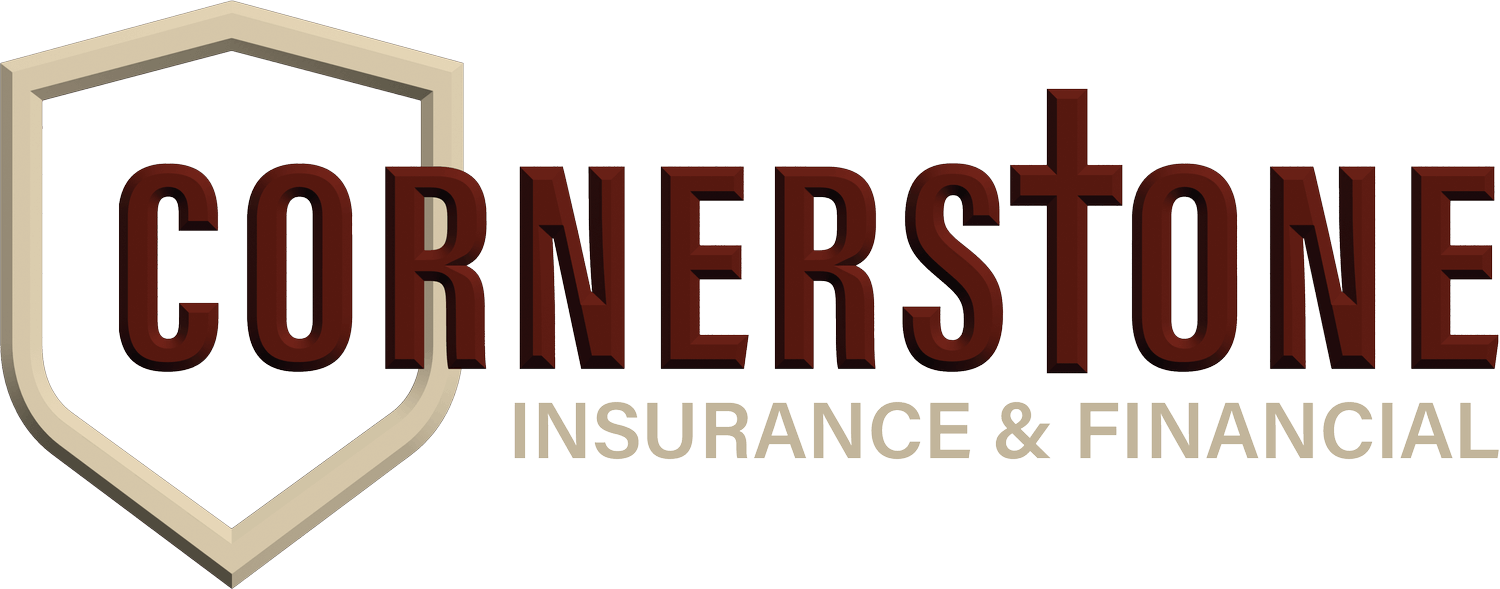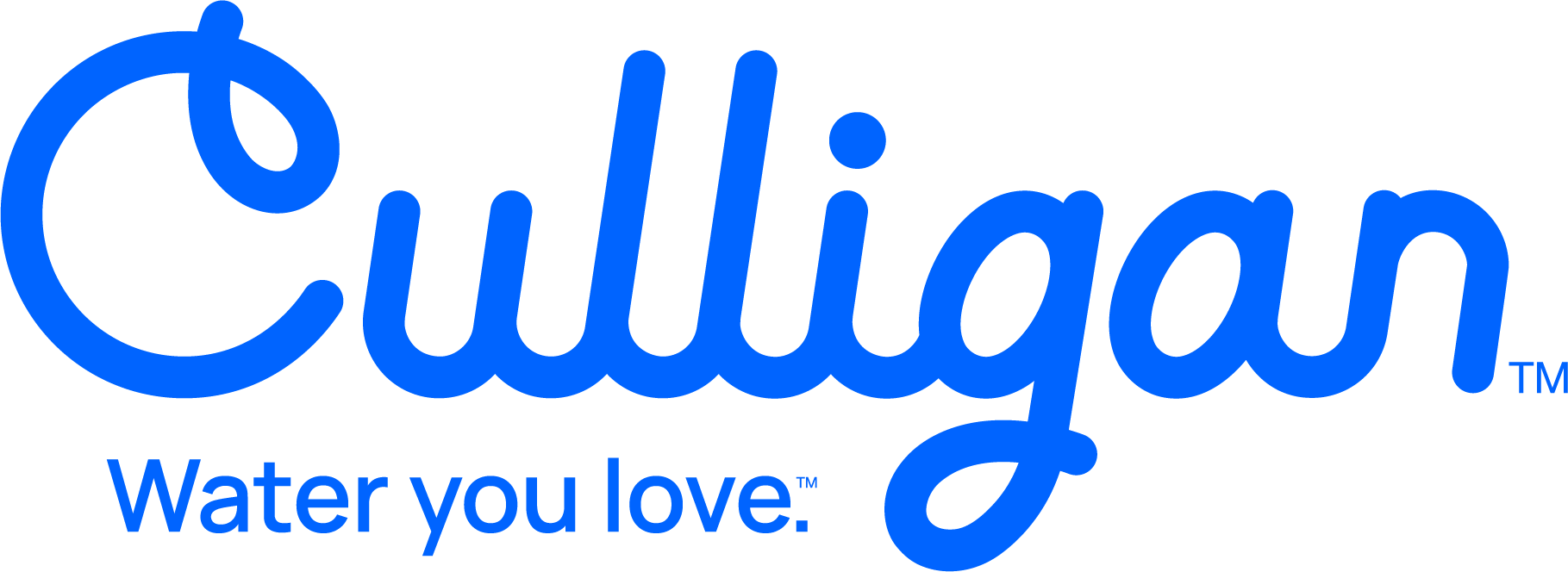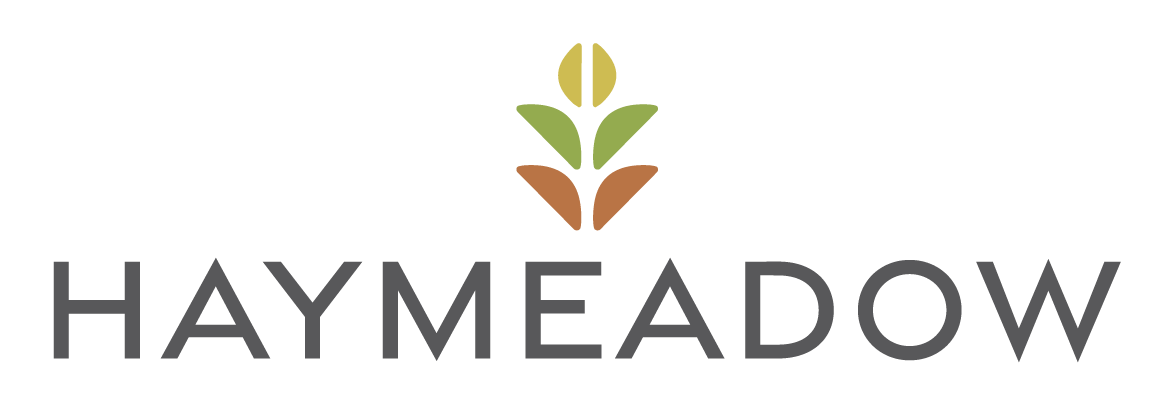The Slide That Changed Everything: Using Visual Storytelling to Transform Workplace Communication
A tired PowerPoint deck can drain a meeting room faster than fluorescent lights and lukewarm coffee. Yet for all the fatigue around corporate communication, the solution might be hiding in plain sight. Visual storytelling—when done well—isn't about adding prettier graphics or peppering in stock photos. It's about changing how a message is told, so it’s felt instead of just heard. And in a workplace that runs on memos, dashboards, and inbox pings, it can be the difference between alignment and disarray.
Use Sequential Visuals to Simulate Cause and Effect
Infographics are often overloaded with data, but they rarely simulate action. The better approach is to use sequences—think comic strip, storyboard, or even a well-designed carousel—to walk people through a process or outcome. When visuals unfold in order, it mimics real-world change and helps the brain link cause and effect. This works especially well for onboarding, where employees aren’t just told what to do but shown how their actions lead to real results. It also helps teams internalize workflow changes or updated procedures by showing the logic behind a shift, not just announcing that it’s happening.
Repurpose the Familiar with a Visual Twist
Sometimes the biggest communication breakthroughs happen when the form changes, not the content. A boring quarterly update becomes compelling when it’s rendered as a visual journey—a company “map” tracing wins, losses, and stops along the way. Instead of another spreadsheet, try transforming departmental KPIs into a series of visual milestones, complete with setbacks and progress. These reframings tap into storytelling instincts. They also give employees a sense of orientation in the larger organizational narrative, which is especially important in large or hybrid teams where context often gets lost.
Design That Sticks Beyond the Screen
Tangible print materials still carry weight in an increasingly digital workplace, especially when it comes to internal messaging that’s meant to be revisited or shared across desks. Thoughtfully designed brochures, one-pagers, or visual inserts can distill dense updates into approachable formats that people actually hold on to. When compiling a mix of infographics, photos, and visual storytelling elements, converting everything into a unified PDF helps preserve layout integrity and flow—ideal for newsletters or internal bulletins. Using a reliable JPG-to-PDF converter ensures your image files are both presentation-ready and more secure, and learning how to convert image to PDF is a simple but valuable skill in elevating the impact of internal print communications.
Let Real People Be the Visuals
Stock imagery is quick, but it’s also forgettable. One of the strongest moves in visual storytelling is to turn the lens inward—using actual employees, their workspaces, their whiteboards, and their day-to-day interactions as the raw material. Internal communications featuring authentic photos or videos generate more trust and interest than polished marketing-style content. Even better, these visuals can spotlight unsung contributors, celebrate moments of creativity, or showcase how one team’s effort supports another’s success. It’s not just storytelling. It’s team-building through visibility.
Design with Intent, Not Decoration
Visual storytelling isn’t about dumping in a few charts or icons to meet a quota. Every visual element should carry narrative weight. Whether it's a flowchart, diagram, or timeline, it should clarify, not clutter. Too often, internal updates become a collage of unrelated visuals and fonts that distract more than they inform. The key is to design for clarity and progression—using space, hierarchy, and pacing to guide the viewer through the message. When visuals are treated as part of the argument instead of accessories, the communication becomes far more persuasive.
Let Data Breathe Through Stories
Data can build trust, but it rarely inspires action on its own. This is where visual storytelling can bridge the gap between the analytical and the emotional. Rather than leading with numbers, wrap data in human context: show the face behind the metric, the narrative behind the trend, or the timeline behind the spike. An internal report showing improved customer satisfaction doesn’t resonate until the team sees what changed in the service process—and how it felt for the people involved. Data-driven stories that breathe are more likely to be remembered, repeated, and acted upon.
Internal communication doesn’t need to be dry or dictated. When visuals are chosen and structured with intention, they become instruments of alignment, not just artifacts of information. Visual storytelling works best when it helps people see themselves in the company’s journey—literally and figuratively. That means turning updates into arcs, stats into characters, and strategies into scenes. It’s not about making things prettier. It’s about helping people make sense of where they are, where they’re going, and why it matters. In the end, the most effective communication doesn’t just speak—it shows.
Discover the vibrant business community of the Eagle River Valley by joining the Eagle Chamber of Commerce, where economic vitality and quality connections come together to elevate your business to new heights!
